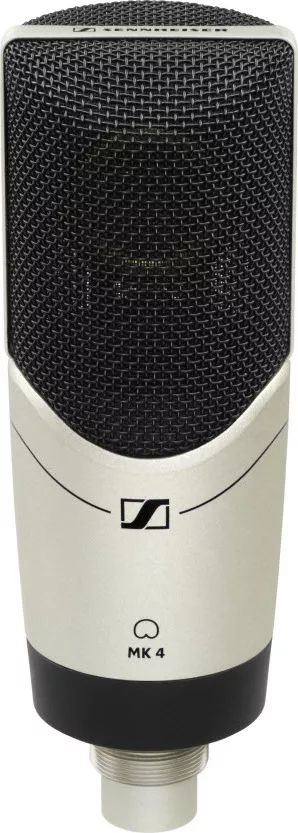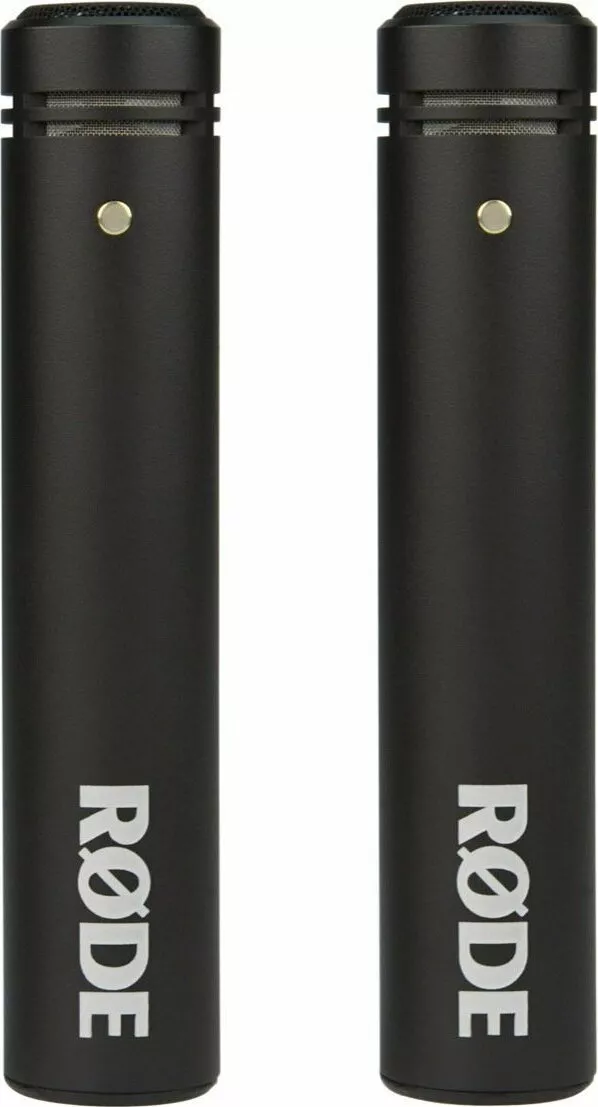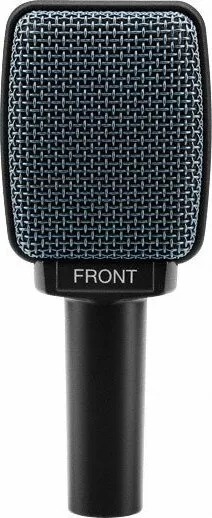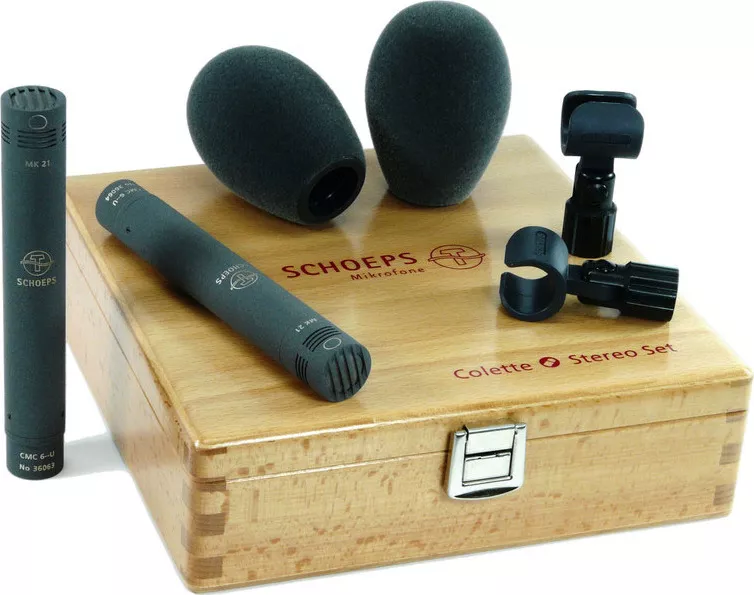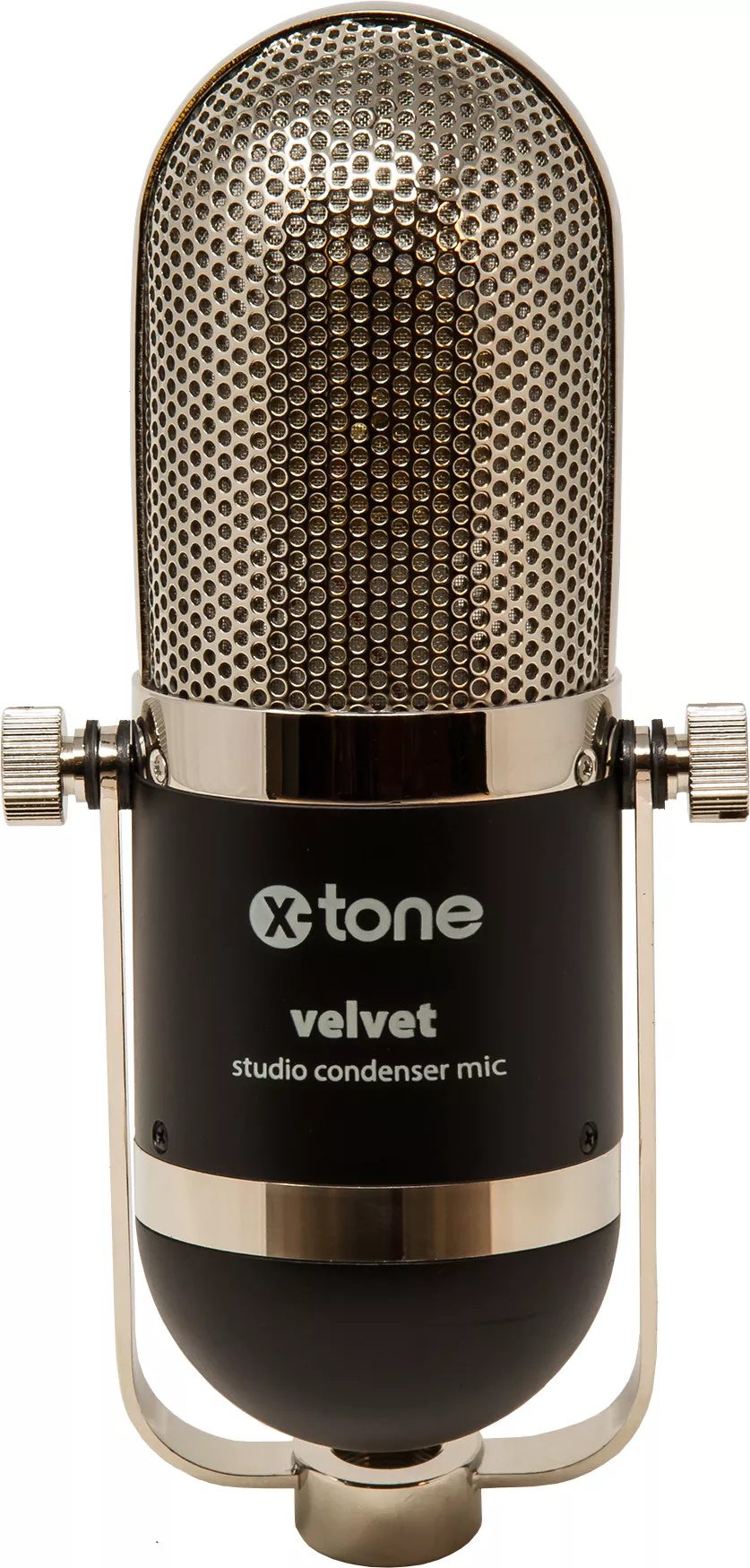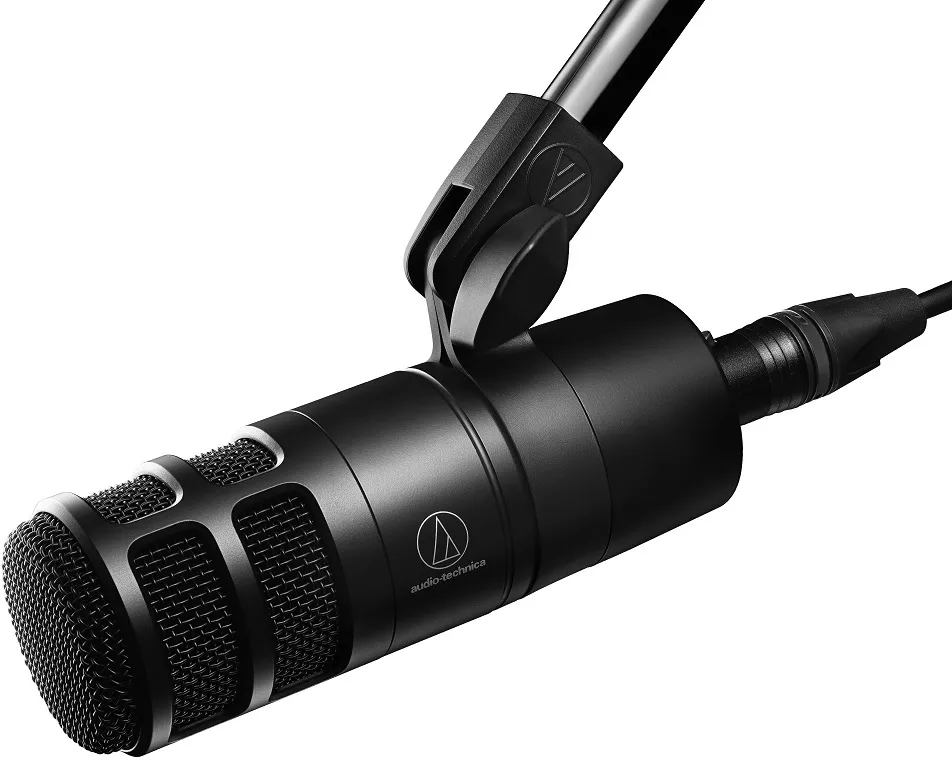Our guides
To choose well
How to choose your studio microphone?
The microphone is essential in your Home Studio if you plan to record vocals or instruments. However, there are a lot of different models, and for specific uses. We will detail the characteristics of the different types of microphone, as well as their uses in order to facilitate your choice for your first purchase.
MAIN CHARACTERISTICS
There are several types of studio microphones and they all have a common set of features. When choosing your microphone, it will be important to take these into account to choose your ideal studio microphone. Here are the main features to know:
Directivity
The directivity of a microphone defines the direction in which the microphone will best pick up sound. Note that there is no directivity better than another, they each have their particularities adapted according to the need. There are 3 main categories:
-Omnidirectional directivity: the sound is captured uniformly, regardless of its origin (in front, behind, below, above or on the sides, provided of course that it is at the same distance). Be careful though, on some models of omnidirectional microphones, they tend not to pick up the signal equally at high frequencies.
-Unidirectional directivity: the unidirectional directivity microphone will pick up only the sound coming from the front, excluding the noise coming from the sides and the back. There are several types of polar patterns: cardioid, supercardioid and hypercardioid. They are more or less similar, with different sensitivities to sound sources coming from other directions.
-Bi-directional directivity: Sound will be picked up from the front and back of the microphone. It will reject sounds coming from the sides. This is a practical directivity for interviews or recordings of two voices simultaneously.
Membrane
It is directly related to the frequency response of the microphone. The larger the size of the membrane, the more it will capture low frequencies with good definition. A distinction will be made between large-diaphragm microphones, often used for recording vocals or acoustic instruments, and small-diaphragm microphones, which are generally used for more precise recordings such as piano, choirs or drums ( small-diaphragm mics are recommended for transients).
Frequency Response Curve (or Bandwidth)
As with monitoring speakers or studio headphones, the bandwidth of the microphone will tell you how it will behave in capturing and restoring frequencies. In order to be as faithful as possible, this curve must be as linear and wide as possible.
Feed
Depending on the type of mic, you may need a power supply to keep it working properly. "Dynamic" microphones don't need it. Studio condenser microphones require so-called "phantom" power (+48V) or an external power supply. Most sound cards and/or mixers have this technology.
MIC TYPES
There are many different types of mics, but there are several broad main categories that can be broken down.
Dynamic microphone
Dynamic mics are not the perfect mics per se for recording. Indeed, their sound is less detailed, less precise than condenser or ribbon microphones. In addition, they are powerful tools for recording drum sounds, or even guitar amps. These mics are generally less expensive than others. If you are a beginner and your home studio does not have an acoustic installation, they will be very useful due to their low sensitivity to avoid parasitic noise in your room.
Condenser microphone (also called condenser microphone)
Condenser microphones are the most common in home studios and professional studios thanks to their detailed, precise and pleasant sound. Condenser microphones need to be electrically powered by "phantom power". You can find this power supply directly on your sound card or on a microphone preamplifier. There are 3 categories of condenser microphones: large diaphragm, small diaphragm, tube. They each have their particularities that we will detail in our guide dedicated to microphones. The prices are very varied, you can get one for less than 100€, as well as for more than 10,000€.
Ribbon microphone
Ribbon microphones are none other than dynamic microphones with a specific construction, which makes them so special. These microphones have a thin aluminum ribbon placed between two magnets. Ribbon microphones perfectly reconstruct harmonics and dynamic variations. It will be necessary to handle these microphones with precaution because they are extremely fragile!
Micro to USB
This category of microphones is quite special. They can be dynamic, or with capacitors, but the audio signal (analog) will be directly converted into a digital signal. USB microphones are very popular at the moment with the massive arrival of podcasters/streamers. Indeed, with these microphones, all you have to do is plug it into your computer, via a USB socket, and you're done.
Which microphone for which need?
It's very difficult to be able to make separate categories of microphones as there are so many types, characteristics, and different uses. Obviously, for most people, the microphone is used to record a voice. This is wrong, a microphone is primarily used to record any type of sound signal: voices, atmospheres, instruments... We are now going to define which microphones are generally used for each recording situation.
Dynamic microphones for vocals
Condenser microphones for voice recording
Acoustic Guitar Pickups
Microphones for taking instruments (pianos, drums, ...)
Microphones for podcasting/streaming
Questions ?
You now have all the basics you need to get started and choose your suitable studio microphone. It is obvious that everything is not summarized in this guide and you may have some questions or wish to have additional advice concerning the choice of your microphones. The Star's Music team is at your disposal to guide you in our stores or by phone 01 81 930 900.







